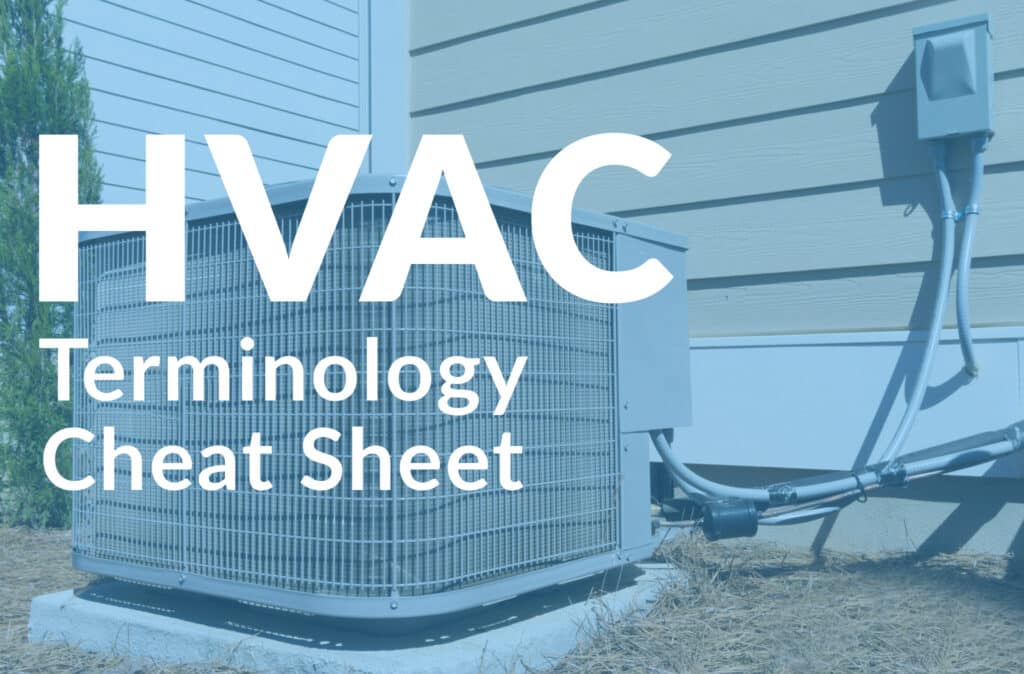What’s a Watt and Other Heating and Air Conditioning Vocabulary
Understand the Terminology Behind Your HVAC System
It happens to us at home a lot. We’ll be talking about some fun or interesting HVAC question that came about in the course of our day….and the faces of our loved ones will go blank. We get it. This stuff is complicated!
Here’s a brief “cheat sheet” for you to get the basic terminology behind HVAC equipment. No quiz, we promise.
Condenser:
This is a term to describe the largest piece of HVAC equipment you own. It’s typically installed outside your home, with tubing that connects it with the indoor components of your system. Your condenser works to cool by removing heat from indoor air. It typically contains refrigerant. It can also be a term used to describe a heat pump.
Ductwork:
This is the system of metal tunnels, also known as ducts, between the floors or inside the walls. They transfer the warm or cool air from the furnace or air handler to the air vents located in the rooms of your home.
Evaporator Coil:
You might also hear someone refer to this as an indoor or a cooling coil. The evaporator coil is part of your HVAC system, usually located on the inside your air handler or attached to your furnace. Working with the condenser coil, it transforms refrigerant into a gas and absorbs heat to cool your indoor air.
HEPA:
HEPA is an acronym for “high efficiency particulate air,” and refers to a type of air filter that can remove up to 99.7% of all irritants, dust, and bacteria down to a size of .03 microns. HEPA filters have a 17 MERV rating or above.
HVAC Zones:
This refers to the strategy by which you control the heating and cooling of particular areas of your home or office to maximize energy efficiency and indoor comfort.
Kilowatt Hour:
This is the amount of electrical energy expended in one 60-minute period.
MERV rating:
MERV is an acronym for Minimum Efficiency Reporting Values, or a filter’s ability to trap and remove irritants, dust, and bacteria. It is used in measuring the efficiency of a particular filter. The higher the rating, the more debris it can trap. Keep in mind, however, that airflow is also important.
SEER rating:
The Seasonal Energy Efficiency Ratio is a maximum energy efficiency ratio of your HVAC system. It’s analogous to your car’s “miles per gallon” rating. With a higher SEER rating, your HVAC will use less energy to do more, while at the same time costing you less money to operate.
Thermostat:
This is a device that allows you to not only monitor but control the temperature of your indoor air. A SMART thermostat is a Wi-Fi thermostat that allows you to automate your HVAC system’s heating, cooling, and ventilation as per your energy needs.
Watt:
This is a unit of power. Named after James Watt, the inventor of the steam engine.
So, there you have it! Impress your friends, and your HVAC specialist with your casual knowledge of the heating and air conditioning language of indoor comfort.

